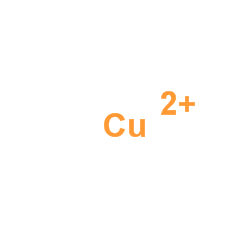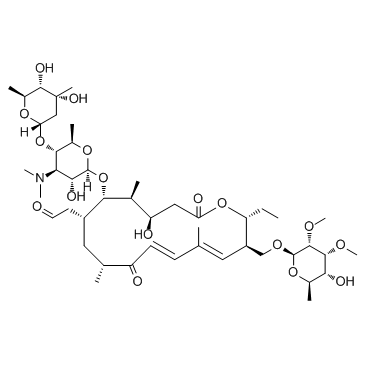| Structure | Name/CAS No. | Articles |
|---|---|---|
 |
Aluminum Powder
CAS:7429-90-5 |
|
 |
Copper
CAS:7440-50-8 |
|
 |
Sulfathiazole sodium
CAS:144-74-1 |
|
 |
Sulfathiazole
CAS:72-14-0 |
|
 |
Tylosin
CAS:1401-69-0 |